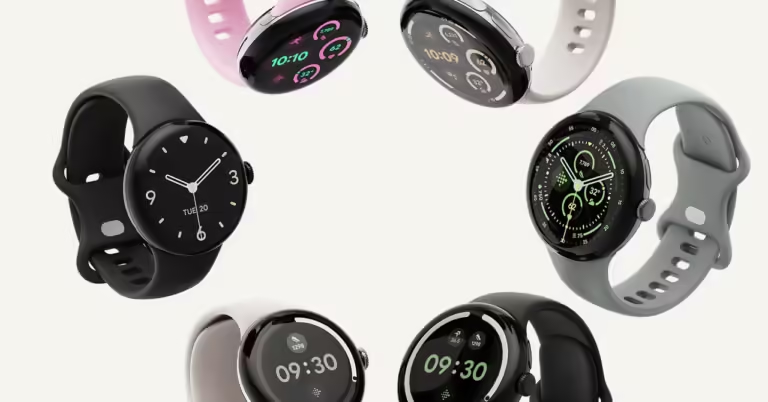The clock The clock is ticking for Google, which has been mostly playing catch-up in wearable computing ever since it acquired Fitbit and resurrected Wear OS, the operating system that powers smartwatches from a variety of companies, including Google, Samsung and OnePlus.
The platform debuted as Android Wear in 2014, and now, 10 years later, it’s finally maturing: In an interview with WIRED, Sandeep Waraich, head of product management for Google Wearables, said Wear OS is expected to grow 40 percent by 2023, and that two years after the original Pixel Watch debuted, there are now “millions” of them on customers’ wrists.
Looking at the Pixel Watch’s sales numbers alone, it would be hard to gauge its maturity and growth; the product’s market share is still just a fraction of that of industry veterans like Garmin, Apple, and Samsung. But with the new Pixel Watch 3, unveiled today in Mountain View, California, Google’s third-generation smartwatch is pioneering a new health feature for wearables: pulse loss detection. The feature kicks in when the watch’s sensors detect certain irregularities in blood flow, at which point the watch will alert you to see if you’re OK and call for help if you’re not. The technology will only be available in Europe at launch, but Google says it’s working with regulators to bring it to the U.S.
“The critical mission of saving someone’s life through functionality is a big responsibility we felt we wanted to take on. Our ambitions were pretty big when we started,” Waraich says.
According to the National Heart, Lung, and Blood Institute, more than 300,000 people die from cardiac arrest each year in the United States. When this happens, immediate treatment is critical — it’s the only way to prevent a life from being lost. Detecting the loss of a pulse can be a big step in intervention, Comilla Sasson, vice president of emergency cardiovascular care at the American Heart Association, said in an emailed statement to WIRED.
“We know that arrests where there are witnesses have better outcomes, and being able to initiate emergency response sooner in unwitnessed cases can dramatically change survival rates,” Sasson said.
If you take the Pixel Watch 3 off your wrist, you won’t go into cardiac arrest. Waraich says there’s a complex algorithm at work there. It looks at data from the photoplethysmography sensor (PPG sensors use infrared light to track blood circulation under the skin) and looks for intentional movement during the loss of a pulse. Google worked with clinicians to see how that manifests itself in the body as a physiological signal with “very high accuracy.” Waraich says it’s not perfect, so there are redundancies to prevent false positives. The watch asks the user to tap the screen to check in, and if there’s no response, it will make an audio signal so nearby people can intervene and call emergency services letting them know the user is losing a pulse.
Power Play
The tech is driven by Google’s focus on accurate heart-rate tracking since the original Pixel Watch, but also a combination of the company’s machine learning team and the deep expertise of Fitbit engineers (Google acquired the wearables maker in 2019). Because heart-rate tracking is continuous, not just during exercise, power and performance also play a big role. And that’s where the company sees its biggest challenge: powering these rich feature sets, many of which require on-device machine learning algorithms, with battery life that forces you to disable features to get through the day.
“We think it’s really important that wearables are reliable even on their worst days, and that needs to be true for the tiniest of watches that fit the tiniest of wrists, which limits the size of the battery,” says Bjorn Kilburn, general manager of Wear OS at Google. “The solution to this problem is not just to have a really big battery.” That said, the new Pixel Watch 3 is do For the first time, two sizes are available, with the 45mm model packing a 35% larger battery than the 41mm model.

